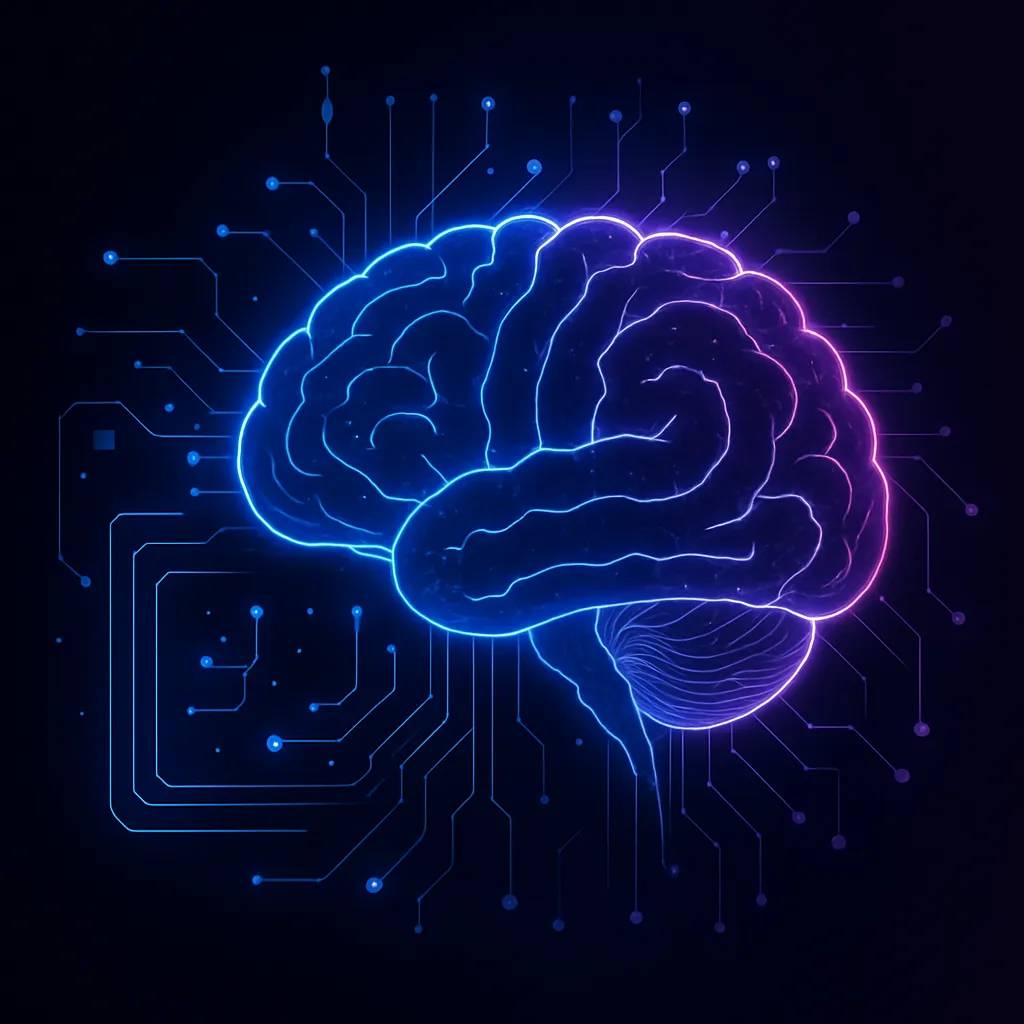
Neurological Diagnosis & Imaging
Neurologists once relied solely on experience and limited imaging to detect stroke, epilepsy and neurodegenerative diseases. Today, artificial intelligence scours vast archives of MRI, CT and EEG recordings to spot subtle anomalies that elude human eyes. By applying statistical learning methods such as classification, regression and clustering to thousands of labelled scans, models learn the patterns associated with tumours, haemorrhages and demyelinating lesions. These systems can highlight regions of concern, estimate lesion volumes and even suggest likely diagnoses, helping clinicians make informed decisions sooner.
Machine learning also integrates multi‑modal data to provide a holistic view of brain health. Algorithms fuse imaging with clinical notes, genetics and laboratory results, predicting disease progression and recommending additional tests. Generative models synthesise realistic scans to augment rare‑disease datasets and improve training. Regression analyses quantify atrophy rates over time, while clustering groups patients with similar phenotypes for personalised care. Such tools promise early detection and precision diagnostics, but they depend on high‑quality data and careful validation.
Real‑world applications abound. Deep neural networks now detect large vessel occlusions on CT angiography in minutes, triggering rapid intervention pathways. AI‑powered software flags intracranial haemorrhages and triages scans for radiologists, reducing reporting times. Start‑ups are building EEG interpretation tools that classify seizure activity and guide treatment. These successes demonstrate AI’s potential, yet models trained on homogeneous populations may misclassify atypical presentations or underrepresented groups. Clinicians must understand these limitations and maintain oversight.
The march toward automated diagnosis raises profound ethical questions. Overreliance on algorithms could erode clinical expertise and patient trust. Data sharing across institutions must respect privacy and consent, and regulatory frameworks should ensure transparency and accountability. Instead of replacing doctors, AI should function as an expert assistant, augmenting human judgement and enabling earlier, more accurate diagnoses for all patients.
Back to articles